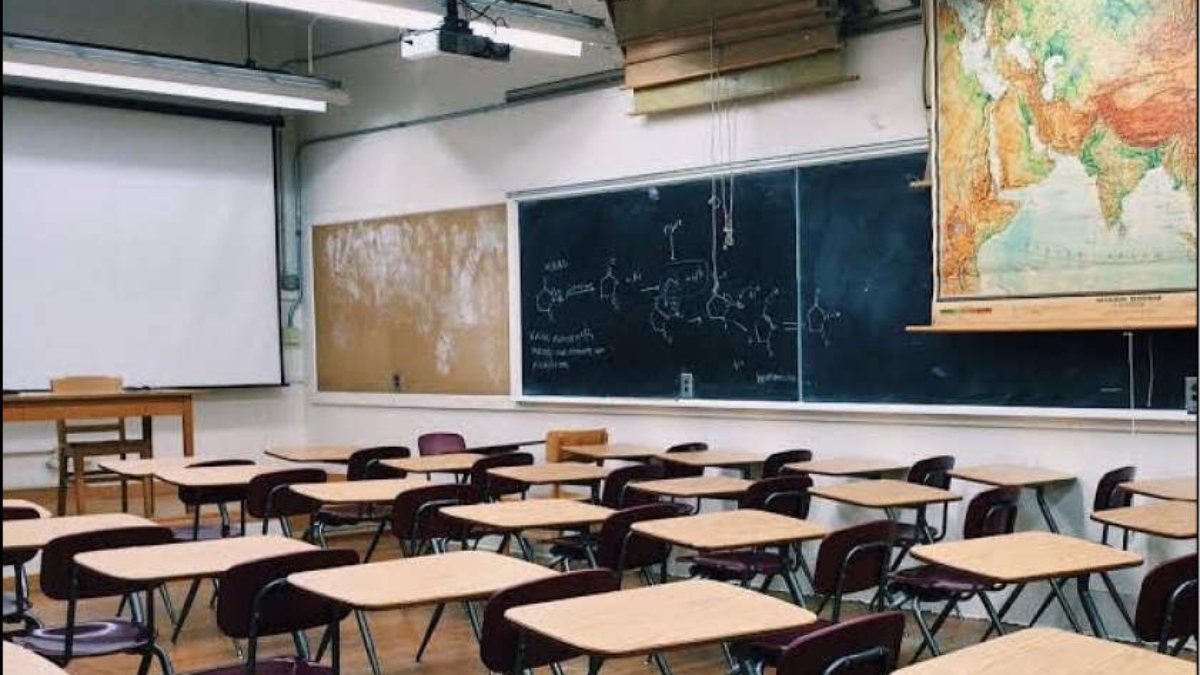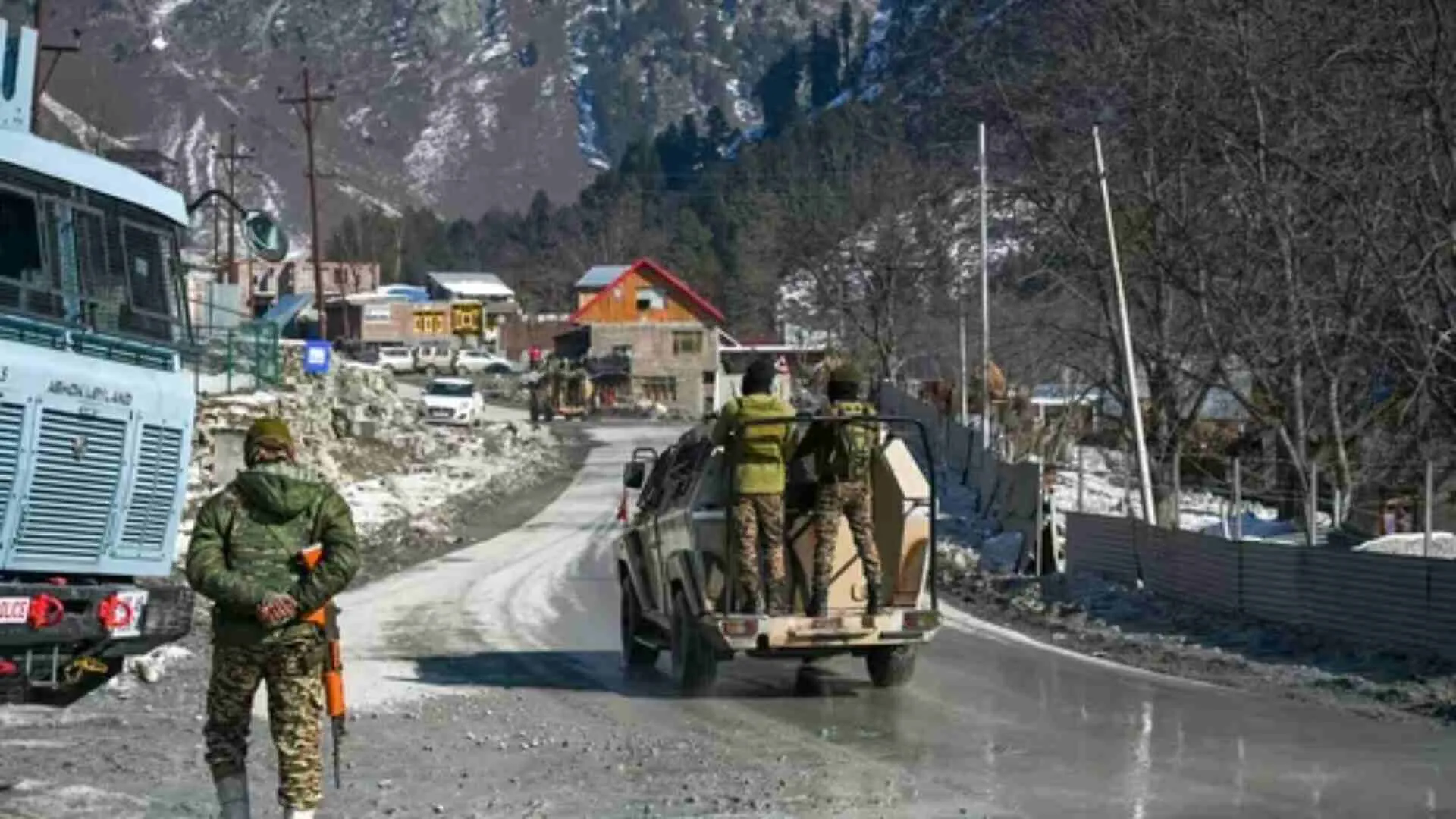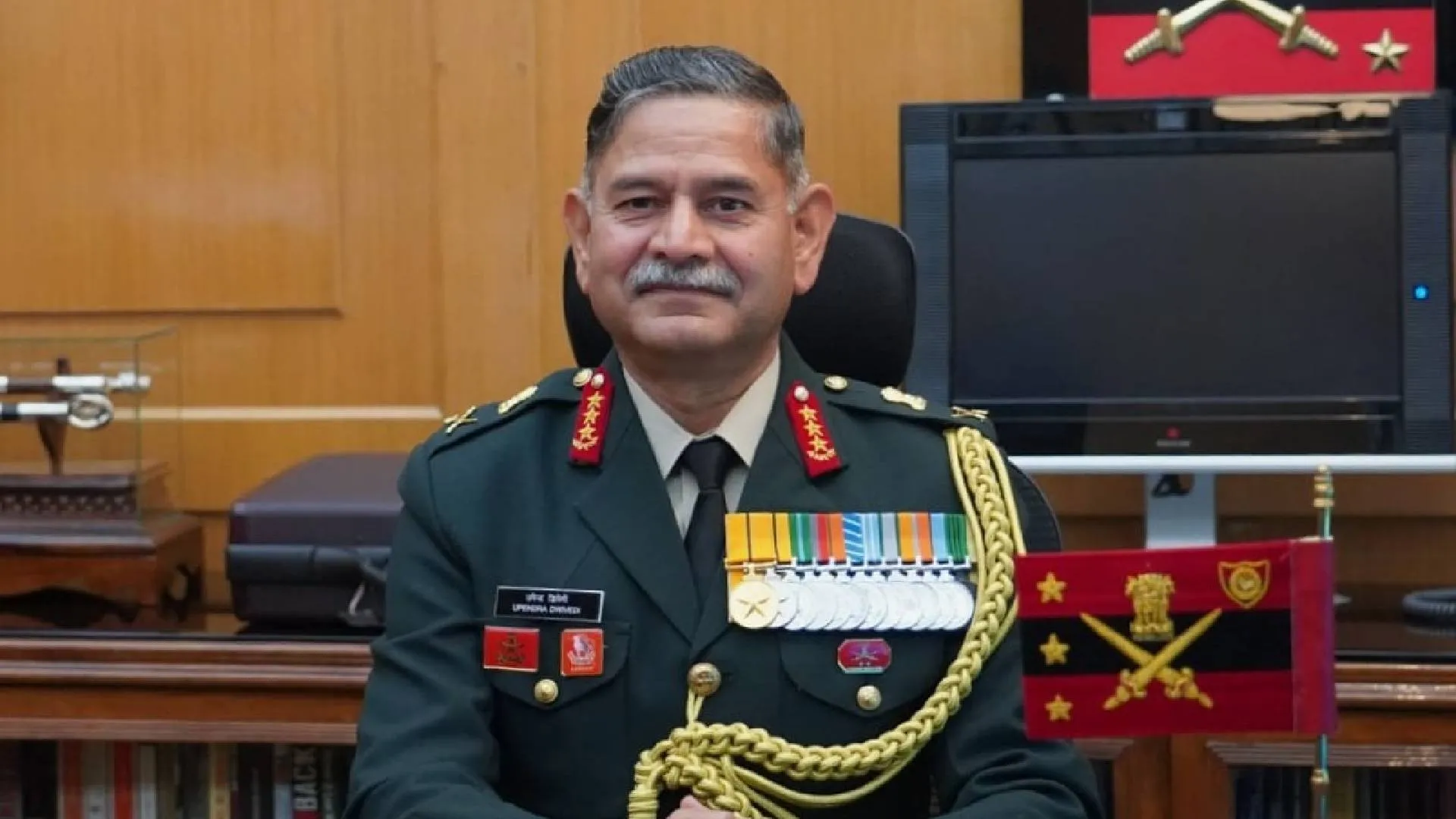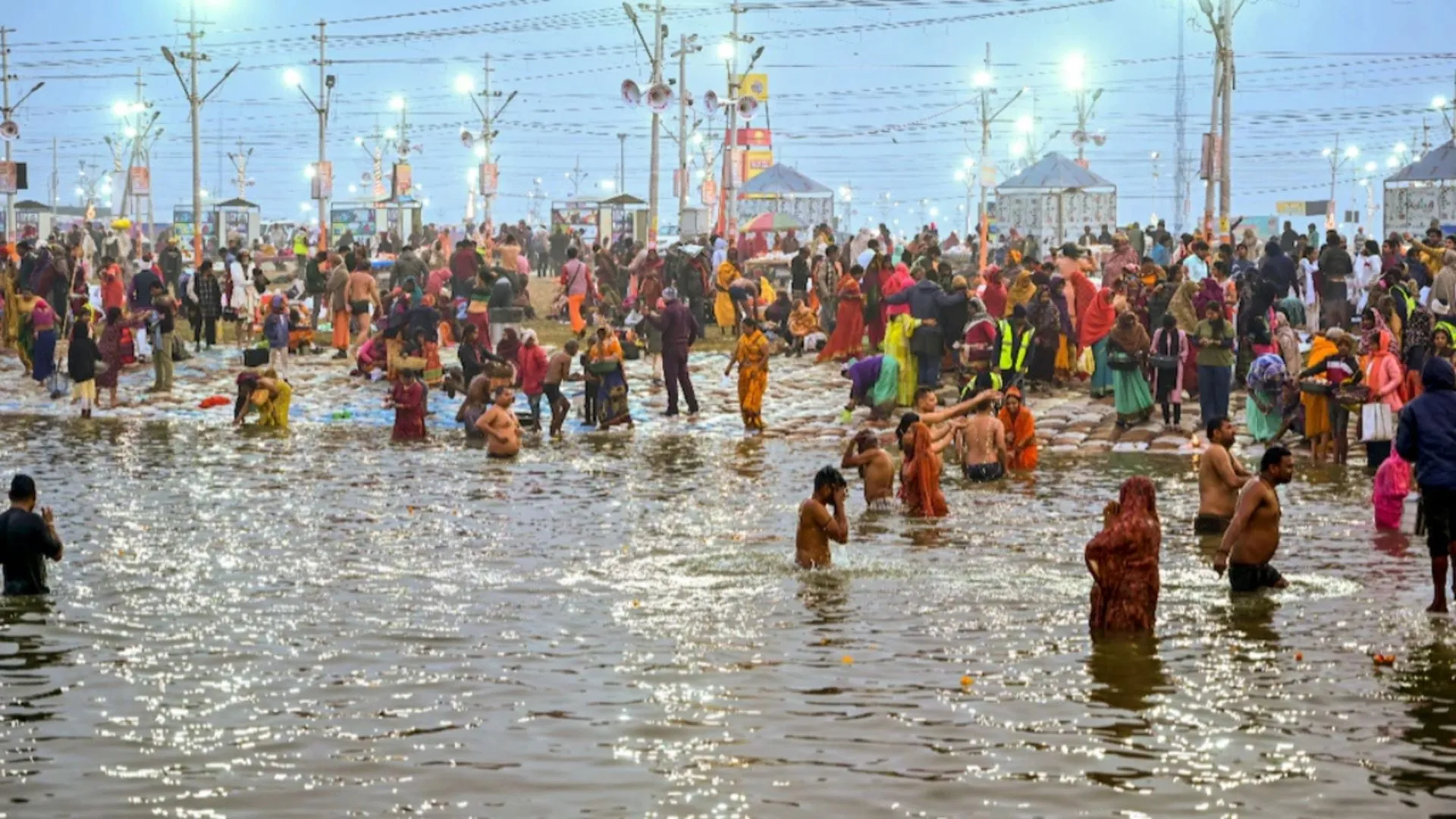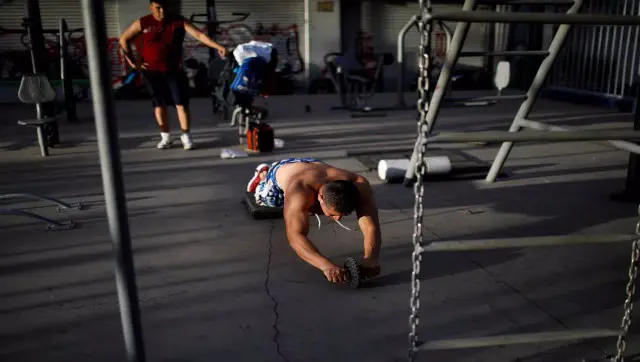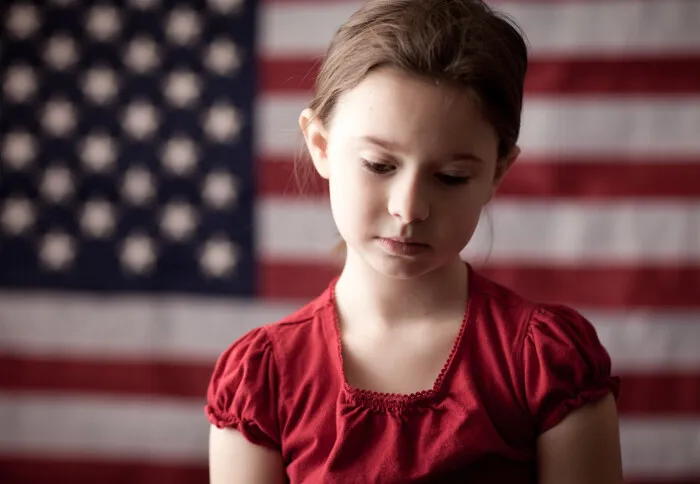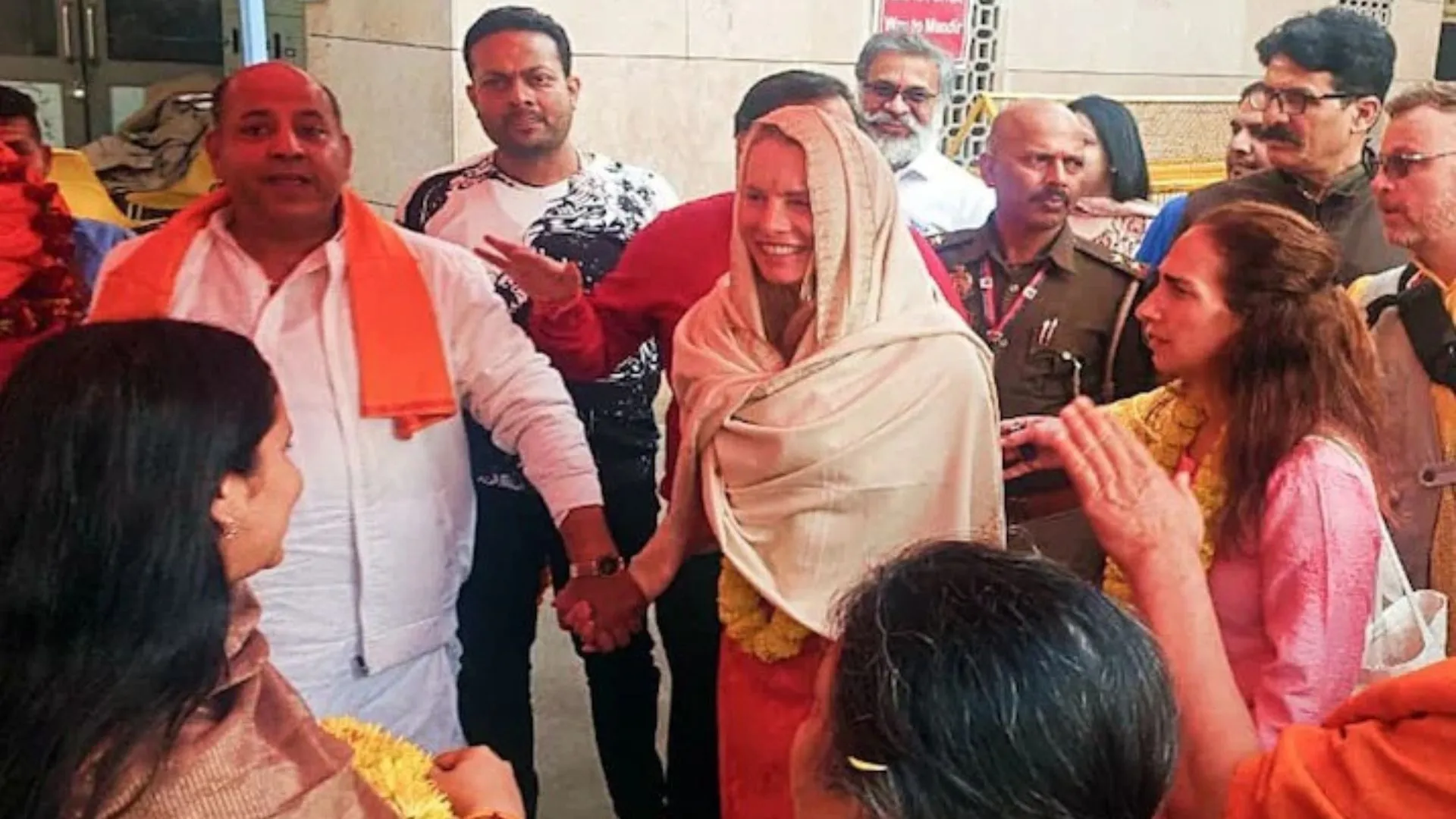Ever since the Covid 19 pandemic hit the world, the most severely affected sphere is indeed the education sector. Multiple issues have weakened the hold of learning with degrading quality, lack of accessibility, the inadequacy of the right curriculum, and unskilled teachers for technology-enabled methods. The Covid-19 surge has affected the pedagogy sector in dual ways, the first one is a line of change in the school selection criteria by the parents and the overall effect of Covid 19 and variants on education infrastructure in longer terms.
SCHOOL SELECTION CRITERIA: NOW AND THEN
While school infrastructure and facilities along with academics played a major role earlier, they are not playing that substantial part now while parents select a school for their kids. Parents now are more concerned about safety, and the hybrid teaching ability of the schools.
Here is what has changed with the surge of Covid 19:
TEACHING IN SMALLER BATCHES
The mainstream schools in India have been known for teaching a batch with around 40-50 students in a class with keen attention and expertise. But the online classes have transformed the world upside down, while teachers cannot pay equal attention to students in an online batch of such strength, students are also taking advantage of the same. For the same reasons, parents are preferring schools conducting smaller batch classes where the right learning practices can be enabled for every child. While no one knows for how long these e-classes will keep going, it is a good thought to adjust with the stride.
SAFETY AND SURVEILLANCE
Another major concern of parents while opting for a school is their adaptability to tough times. After operating online since March 2020, schools are finally resuming their classes in offline mode. While this traction is a bit affected by the Omicron variant coming in the scenario, schools are still on the go to keep running classes offline. In the regard that new variants of Covid will keep coming up, safety and surveillance are quite important factors for school selection.
The safety part includes vaccination of staff, well-ventilated classes with air purifiers, mandatory KN95 or N95 masks, random antigen testing of children and staff along with maintaining social distance. While safety is important, surveillance is another factor to count in the school’s preparedness while ensuring children are safe on their campus. Temperature monitoring, regular sanitization of classes and school premises, and activeness in handling any sick student are some of the crucial components that ensure this. Artificial Intelligence will play a key role in surveillance through facial detection of masks, social distancing as well as temperature checks. Kids commute to school through buses/shared transport & hence the same needs to be augmented to cater to challenges of Covid.
HYBRID LEARNING
Schools have been the institutions to suffer most during the pandemic, they are the first ones to close and last to open. Parents want to opt for schools that can provide quality learning experiences in both online and offline modes of education. The shift to the closing of institutions and starting online classes was so swift that schools hardly got any time to plan a curriculum that goes well with e-learning. But now as time has passed, an innovative and engaging curriculum is what parents look for so that children can have a rich learning experience without the barrier of how they are attending the class.
TEACHER’S CONTRIBUTION
The role of teachers has progressed exponentially with the changing educational needs and terms. Most of the teachers are not tech-savvy and are not used to the digital methods of teaching. While the hybrid manner of teaching goes on with offline classes going on and off again, teachers have been put under huge pressure to maintain the balance of learning, discipline, and engagement within both online and offline modes. This has tremendously increased the mark of expectations, skills, and efforts of teachers. Parents look for skilful teaching staff who can handle students well in online mode too.
EFFECT OF COVID AND ITS VARIANTS ON EDUCATION INFRASTRUCTURE
When the educational institutions closed during the lockdown period, the education ecosystem made a shift to the virtual form of learning. But it has several challenges from implementation to execution. While all of this has just mugged up learning at one end the other end holds the digital divide in India. No matter how well 4G has been incorporated in our lives, a major part of Indian society doesn’t even have a stable connection to attend classes. Moreover, it is not possible for parents to afford dedicated laptops or tablets for learning and in case having two offspring, the learning costs get even higher. Considering phones for attending classes can’t be optimum as it puts strain on the eyes and are too small for effective learning.
This is not limited to just the accessibility issues but extends to adjustment issues as well. The senior and middle year students are at least familiar with the digital learning environment but making it work for primary class students is more difficult. As primary students are not that well versed with online learning, making them sit with a digital device to attend classes is another challenge. While this ignores the concept of holistic learning, getting exposed to online learning at such a young age is imposing higher threats with degraded education quality.
While not all the problems could be resolved given the population, diversity, and accessibility of services and assets in India, many digital learning initiatives thrived to address them. Now that things are coming back to their pace, shopping malls and offices are back on the open lane, and schools across many states are reopening their gates, education infrastructure is also on its way to gaining its traction again.
But all of this is not that seamless as it may sound with the new Covid variants showing up now and then. Closing schools every time the situation gets tricky has affected the education ecosystem harshly. The safety of children is most important, but closing schools is not the answer.
Pawas Tyagi is Co-Founder, edustoke.

